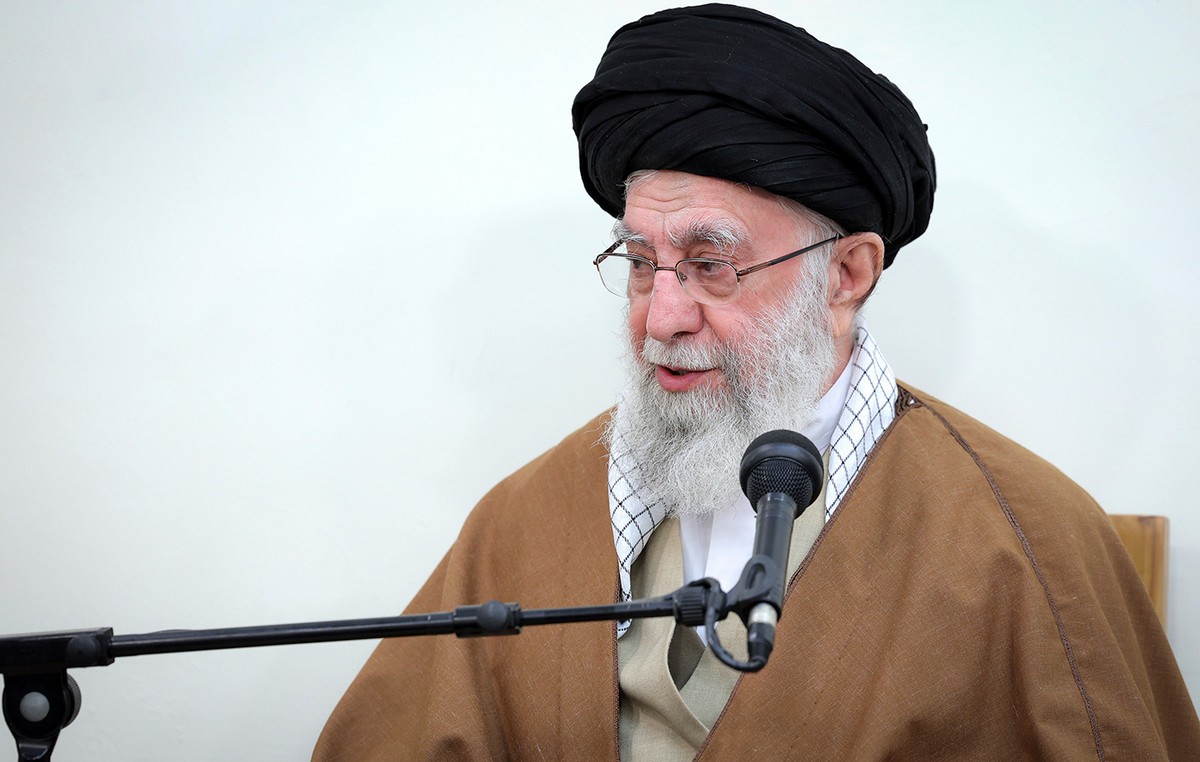Despite all the buzz about the “Great Layoff” and a renaissance for the working classes in the United States, a new report finds that the gap between executive and worker pay is only widening.
The typical salary of a low-wage worker did not keep up with last year’s inflation in more than a third of companies analyzed by the Institute for Policy Studies. The IPS survey included the 300 publicly traded companies with the lowest average wage for workers.
Consumer prices rose to 40-year highs above 8% this spring. While many workers have seen higher wages as a result, few have been able to keep up with inflation — a dynamic that is frustrating consumers and starting to weigh on spending.
Executives, in turn, did not feel the same impact from inflation.
CEO compensation at the companies cited in the report increased by 31% – bringing the average pay gap to 670 to 1, up from 604 to 1 in 2020.
Put another way, the CEOs of these companies received a $2.5 million raise. Low-wage workers received a raise of $3,500.
The average CEO earned $10.6 million a year. The average low-wage worker took home just under $24,000.
“We just haven’t seen any significant progress towards pay equity,” Sarah Anderson, director of the institute’s Global Economy Project, told CNN Business .
When the pandemic hit in 2020, “corporate boards zealously protected their far more than ample CEO paychecks, even as their employees lost jobs, income and lives,” the researchers wrote.
In 2021, “corporate leaders shifted to new tactics of inflating CEO salaries,” including spending billions on share buybacks and inflating consumer goods prices to maintain ample profit margins, the report says.
Buybacks and price increases
Last year, S&P 500 companies repurchased a record $882 billion of their own shares. That number is on track to hit $1 trillion by 2022, according to Goldman Sachs.
Of the 106 companies where researchers found that the average salary of workers did not keep up with the 4.7% inflation rate in 2021, 67 spent on share buybacks, a controversial maneuver that inflates a company’s stock price and, consequently, increases executive pay.
They have been a thorny issue since they were legalized in 1982 – before that, they were considered stock manipulation.
The IPS report caught the attention of large retailers specifically for spending large sums on buybacks while slashing the average wage of workers.
The White House proposed new rules aimed at curbing share buybacks as part of its $5.8 trillion budget released in March, but those changes are unlikely to gain bipartisan support.
CEO pay is always top notch, but the growing gap between executives and their workers is under scrutiny by progressive lawmakers.
During the first year of the pandemic, overall CEO compensation rose 19% — even as many of their businesses stalled, according to the Economic Policy Institute, which tracks 350 of the largest U.S. companies.
The latest EPI report shows that top CEOs were paid 351 times more than a typical worker in 2020.
“Fundamentally unfair”
Critics say the pay gap isn’t just about bad optics — it’s also bad for business.
“I think most Americans are outraged because they see this as fundamentally unfair, but there’s also a very strong business argument that these extreme gaps are demoralizing for workers,” says Anderson, co-author of the IPS report.
“When so many companies are facing staffing and unionization challenges, why don’t they try to address these gaps as a way to have more peaceful and productive relationships with their employees?”
The report urges President Joe Biden to exercise executive power to introduce new standards for federal contractors that would make it difficult for companies with large CEO-to-worker pay gaps to secure lucrative federal contracts.
Source: CNN Brasil







